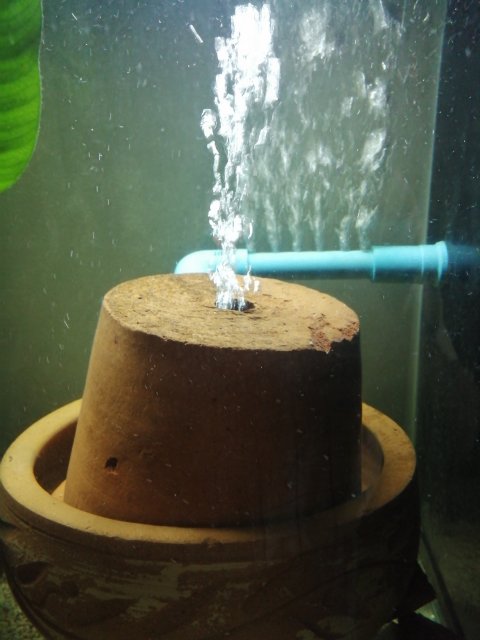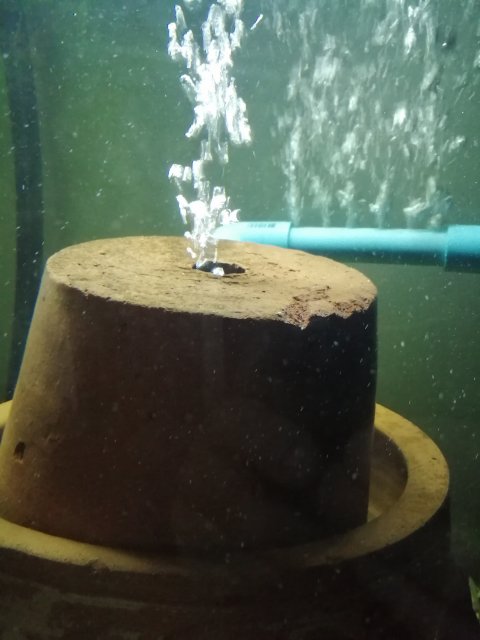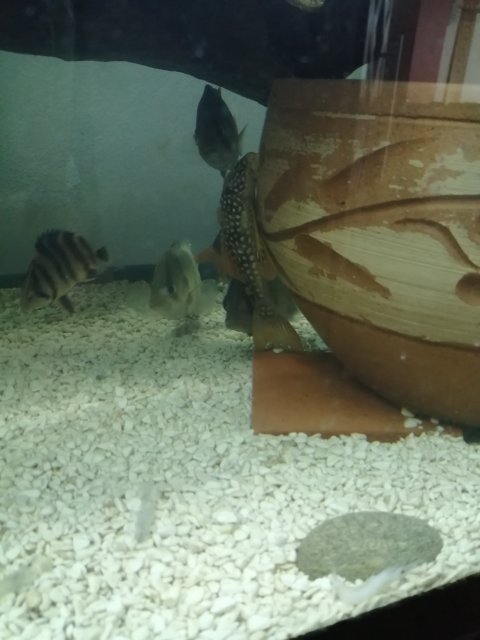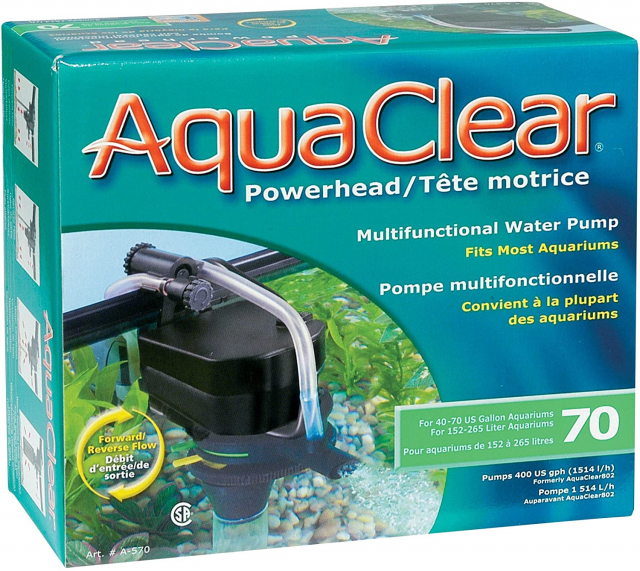...many stream fish live in the eddies off of a main stream most of the time so are quite happy with current that goes round in the tank ( unless you are really looking at fast water suckers)
When I look at the natural environment for botia, usually lowland rivers and canals, there is usually some broad but overall slow movement of the waterway with large areas of still water, and the occasional and variable track of extremely fast water.
I am not sure that a loach tank needs a uniform movement of water. Maybe the opposite.
I think these two comments ^ have a good handle on the type of current one should be striving to create in a "riverine" tank. There are certainly some species of fish that can relax and enjoy a tumultuous, violent unidirectional water flow; I have a group of Panda Garras in my decidedly non-riverine community, and when not foraging for food they spend considerable amounts of time suctioned in place directly in front of the outflow of one of the wavemakers. They look as though they are in a wind-tunnel, often only a few inches in front of the pump, but seem to be adapted to this type of environment and experience no stress or discomfort. Hillstream loaches appear to be similar in this regard, although I have never owned them.
But the majority of fish from fast-flowing waters simply aren't built to combat the flow constantly. I've spent a lot of time in and along local streams and creeks, either knee-deep and with a net in each hand

or merely observing, and it's apparent that the vast majority of species in these tumultuous environments spend most of their time
out of the main flow.
A fly fisherman casting his offering to trout in a fast-flowing stream knows that the fish are almost always in a still pocket or an eddy, and learns to identify visible structure like boulders and bends in the stream to locate these sweetspots. The fish will dart out and brave the main current to catch an item of food, but they certainly don't spend much time doing so. Brief periods of active feeding, which will involve burning a lot of energy to simply control/change/maintain position, are interspersed with long periods of rest in relatively still water.
I don't think that a single species of fish on the carefully-curated list of inhabitants for the tank being discussed here belong to that rarified group of athletes that want to...or even can...battle a firehose current. Set up the tank, put the filter intake at one end and the outflow at the other end, maybe position a wavemaker or two, and call it good.
This is easy to do if you are using either a sump or a canister. HOB's? A bit trickier; in the past, using an original Aquaclear 500 HOB filter (essentially the same as the current 110), I had great luck simply building a brand new intake pipe that extended the length of the tank to draw water from the far end, allowing it to overflow back into the tank at the filter and then flow back to the other end for pick-up again.
Basically, whatever filter you use, if it draws its intake from one end and then returns the water at the other end...you have a riverine tank suitable for almost all species. Add a wavemaker or two for localized "blasts" of faster water, which can be aimed in any direction. The overall flow will still be along the length of the tank from one end to the other...just like every river and stream on the planet.




 . That also rules out me having 60-80+ black kuhlis in the future custom clown loach tank like I originally planned, but I'm more than fine with it if it means preventing them from being eaten.
. That also rules out me having 60-80+ black kuhlis in the future custom clown loach tank like I originally planned, but I'm more than fine with it if it means preventing them from being eaten.

